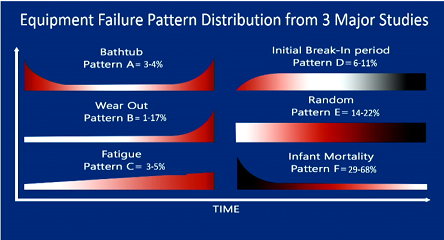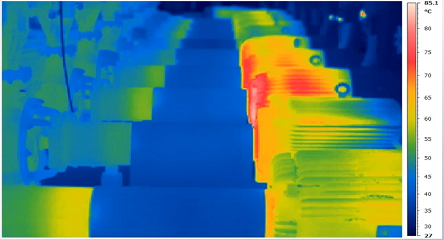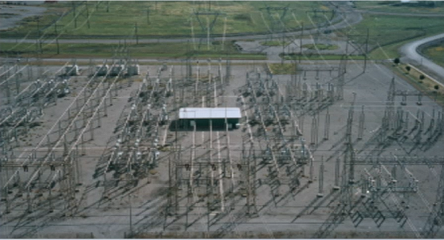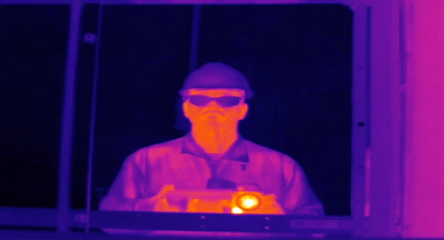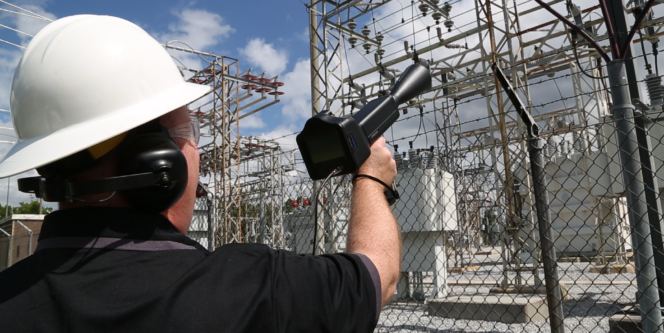Know Your Spatial Resolution
Spatial Resolution is also known as the Instantaneous Field of View (IFOV) or Spot Size. The limitations of the spatial resolution are due to the size and expense of the focal plane array (FPA). The FPA of many moderately priced cameras will have an array of 320 x 240 or 160 x 120 detectors. This may make it difficult to determine the temperature of small targets at a long distance.
The IFOV or spatial resolution determines the smallest target a camera can detect at any given distance. It is often given “mRad Values” in the camera specification or as a ratio. mRad is an angular measurement in milli-radians. Unless you know how to convert mRads into a meaningful measurement, this is of little help.
Often the camera manufacturer will specify a spot size ratio. An 1100:1 ratio means that at 1100 units (meters, feet, inches, etc.), the smallest target size would be 1 unit (meters, feet, inches, etc.). For example, this means that at a distance of 1100 inches (92 feet) from a target object, the camera will measure a temperature averaged over a 1 inch square. This size is important to know. For example, if the target area is larger than the spot size, then you will get an accurate measurement. If the target area is smaller than the spot size, then you will pick up radiation from other objects in the temperature reading and this will have an effect on the accuracy. For example, if the object is hotter than the objects beside or behind it, the temperature reading will be too low.
In addition, the actual geometric pattern of the spot may be a square, rectangle, circle, or something that looks like an “L” shape. This depends on the lens and the focal plane array configuration. It is very difficult to determine the geometric shape of the spot. For our purposes, we are going to assume an extreme case and assume it is a circle.
If you do not know the mRad value or the spot size ratio, how can you determine the spatial resolution of your camera?
This is easily done with a little bit of experimentation. Purchase a candle warmer and mount it vertically on material that will not burn or melt due to the heat. Make it so this target can stand up by itself. Next make a series of plywood or plastic squares that will cover the heat source completely. Purchase a meter stick with clamps on it from a lab supply or create a clamp or holder so that these squares will sit in front of your heat source. Measure and place your camera at a distance of 500 mm from the panel. Measure the temperature of your target without a panel in front. Next, drill a hole in one of the panels. For example, begin with a 25 mm hole. Measure the temperature of the target through the 25 mm hole. If there is a drop in temperature, your next hole will need to be bigger. If there is no drop in temperature, then drill a 20 mm hole and measure the temperature of the target again. Continue this process until you see a drop in temperature. For example, you drill a 10 mm hole and there is no drop in temperature. Next, drill a 9 mm hole and this time you see a drop in temperature of the object. Then you will assume that the 10 mm hole is an approximation of the spatial resolution (i.e., spot size). This means your spot size ratio is 500 mm to 10 mm, or 500:10 or 50:1. This means that your camera would have a spot size of 1 inch at 500 inches (42 feet).

